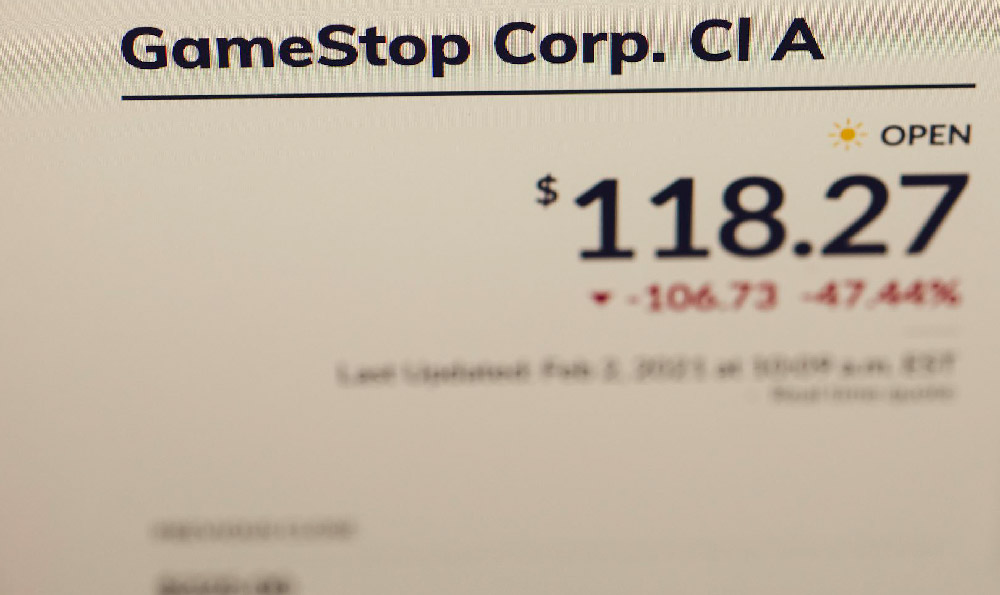Navigating the stock market can feel like steering a ship through a storm, especially when economic winds are unpredictable. The question of whether to invest now or wait is a recurring one for both seasoned investors and those just starting their financial journey. There's no one-size-fits-all answer, as the ideal strategy depends heavily on individual circumstances, risk tolerance, and long-term financial goals. However, we can dissect the current market landscape and explore key factors to help you make a well-informed decision.
Firstly, understanding the current market climate is crucial. Are we in a bull market (characterized by rising prices) or a bear market (defined by declining prices)? What are the prevailing economic indicators suggesting – is inflation under control, are interest rates stable, and is unemployment low? These broad macroeconomic factors exert significant influence on stock market performance. Currently, the market is demonstrating resilience amid lingering concerns about inflation and potential interest rate hikes. Analyzing these economic forces and their potential trajectory provides a foundational understanding for investment decisions.
Secondly, consider the importance of time in the market versus timing the market. Countless studies have demonstrated that attempting to perfectly time market peaks and troughs is a notoriously difficult, often impossible, feat. Missing out on even a few of the market's best-performing days can significantly diminish long-term returns. A consistent, disciplined approach to investing, often referred to as dollar-cost averaging, involves investing a fixed amount of money at regular intervals, regardless of market fluctuations. This strategy allows you to buy more shares when prices are low and fewer shares when prices are high, potentially reducing your average cost per share over time. Dollar-cost averaging mitigates the risk of investing a large sum of money right before a market downturn.

Furthermore, diversification is a cornerstone of sound investment strategy. Don't put all your eggs in one basket. Spreading your investments across different asset classes, industries, and geographical regions can help reduce overall portfolio risk. For example, you might allocate a portion of your portfolio to stocks (both domestic and international), bonds, real estate, and even alternative investments like commodities. Within the stock portion of your portfolio, diversification could mean investing in a mix of large-cap, mid-cap, and small-cap companies, as well as different sectors such as technology, healthcare, and consumer staples. Diversification doesn't guarantee profits or prevent losses, but it helps to cushion the impact of market volatility.
Beyond the general market, delve into the specific companies you're considering investing in. Conduct thorough due diligence on their financial health, competitive position, and growth prospects. Analyze their revenue, profitability, debt levels, and management team. Look for companies with a strong track record, sustainable competitive advantages, and a clear vision for the future. Understanding the fundamentals of the companies you invest in provides a deeper level of confidence and reduces the risk of being swayed by short-term market noise.
Now, let's address the question of waiting. Many investors feel the urge to wait for a "better" time, often driven by fear of a market crash or anticipation of a correction. While it's prudent to be cautious, prolonged waiting can lead to missed opportunities. The market is constantly evolving, and predicting its short-term movements is exceedingly difficult. If you have a long-term investment horizon, the focus should be on building a diversified portfolio of quality assets and sticking to your investment plan, rather than trying to time the market.
However, if you have a short-term financial goal (e.g., buying a house in the next year), investing in stocks might not be the most appropriate strategy. Short-term market fluctuations can erode your capital, making it difficult to achieve your goal. In such cases, consider safer, more liquid investments such as high-yield savings accounts, certificates of deposit (CDs), or money market funds.
Finally, consider seeking professional financial advice. A qualified financial advisor can assess your individual circumstances, goals, and risk tolerance, and help you develop a personalized investment plan. They can also provide ongoing guidance and support, helping you stay on track even when the market gets turbulent. A financial advisor can offer objective advice and help you avoid common investment mistakes.
Ultimately, the decision of whether to invest now or wait is a personal one. By understanding the current market climate, adopting a long-term perspective, diversifying your portfolio, conducting thorough research, and potentially seeking professional advice, you can make an informed decision that aligns with your financial goals and risk tolerance. Remember that investing involves risk, and there's no guarantee of profits. However, with a disciplined approach and a focus on long-term value creation, you can significantly increase your chances of achieving financial success.












